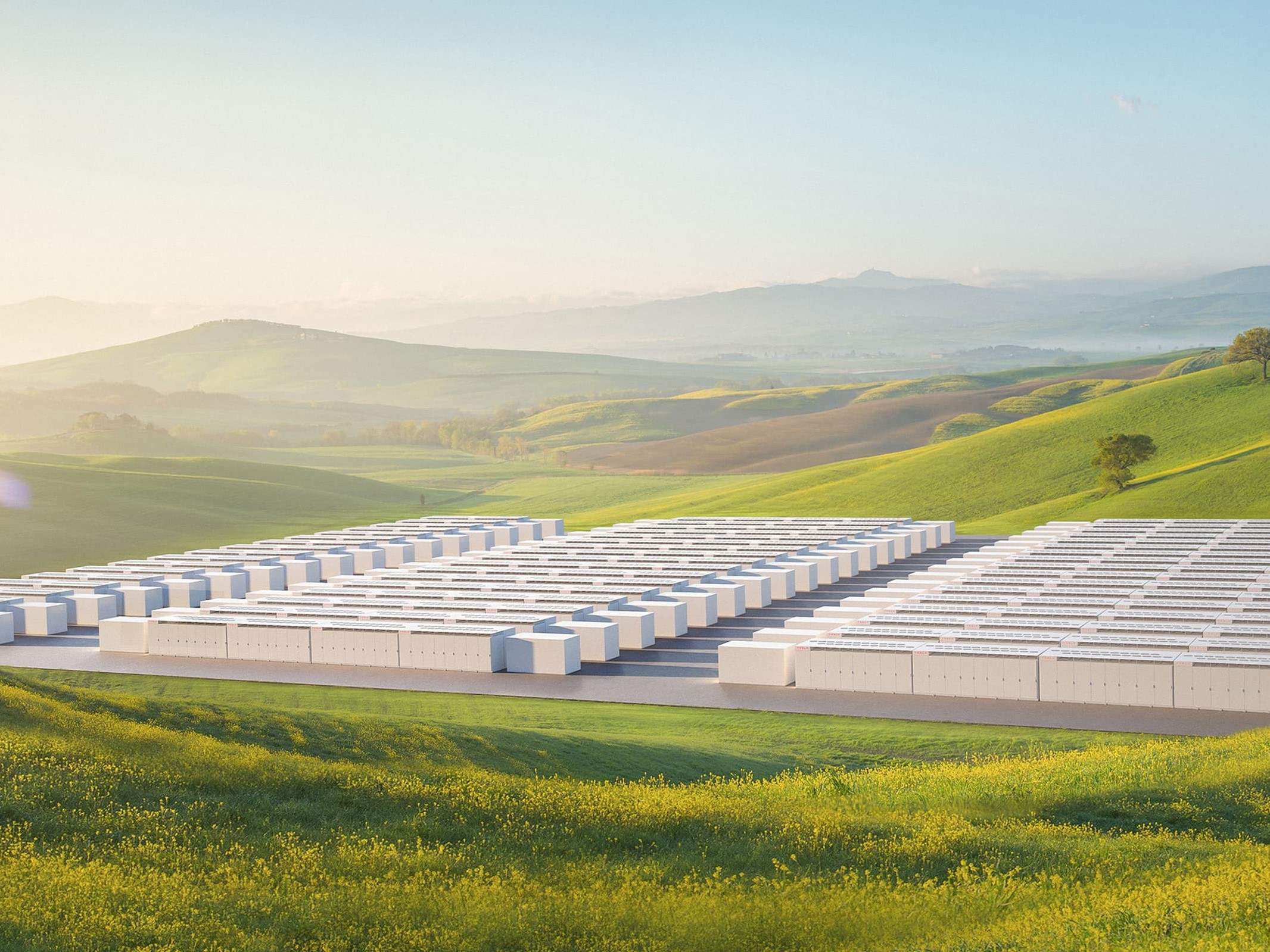PG&E, Tesla Kick Off Giant Storage Project
The California installation will surpass the capacity of the world’s largest current battery storage system.
Pacific Gas and Electric Co. (PG&E) and Tesla have joined forces to advance the technology of utility-scale battery storage. The two companies have started construction on a massive lithium-ion battery storage system (BESS) at PG&E’s electric substation in Moss Landing in Monterey County, Calif. Once operational, the Moss Landing substation will be one of the largest utility-owned, lithium-ion energy storage systems in the world.
The installation has been long in development, approved by the California Public Utilities Commission in November 2018 and by the Monterey County Planning commission in February 2020. The BESS will have the capacity to store and dispatch up to 730 megawatt-hours of energy to the electrical grid at a maximum rate of 182.5 megawatts for up to four hours during periods of high demand.
To achieve such capacity, the system will comprise 256 Tesla Megapack battery units on 33 concrete slabs. Transformers and switchgears will be installed along with the Megapacks to connect energy stored in the batteries with the 115-kilovolt electric transmission system. In addition, the agreement between PG&E and Tesla includes an upsize option that can increase the system’s capacity up to six hours or 1.1 gigawatt-hour total.
Some 50 PG&E employees and contractors will be involved in the system’s development, which will abide by all COVID-19 safety protocols. The design, construction and maintenance of the project are handled by PG&E and Tesla, and PG&E will own and operate it once finalized.
READ ALSO: How Energy Storage is Navigating the Pandemic
The two parties anticipate the system will be fully operational in the second quarter of 2021 and, during its 20-year life, it will save more than $100 million. The BESS will increase energy reliability by addressing capacity deficiencies as the local energy demand rises. It will participate in the California Independent System Operator (CAISO) markets, providing energy and ancillary service to the CAISO-controlled grid, posting the ability to serve as an operating reserve that can quickly be dispatched to ensure there is sufficient generation to meet the required load.
Expanding fleet
While this system marks a big step in the evolution of utility-scale battery storage, it is not the only installation on PG&E’s agenda. In May this year, the company has signed additional contracts for battery energy storage projects totaling more than 1,000 megawatts of capacity that are to be deployed throughout its service area through 2023. Of these, the most notable one is a transmission-connected 300-megawatt BESS, also to be located in Moss Landing, which will likely clock in at 1.2 gigawatt-hours of capacity. Other smaller third-party contracts include a 75MW transmission-connected project near Morgan Hill, Calif., and a 2MW project at the Gonzales substation in the Salinas Valley. Moreover, the utility also owns a 20MW battery system located at the Llagas substation in Gilroy, Calif.
Currently, the world’s largest operating battery storage system is the Hornsdale Power Reserve in South Australia. The installation—commissioned in late 2017—also uses Tesla batteries and has a capacity of 150-megawatt/193.5 megawatt-hours.








You must be logged in to post a comment.